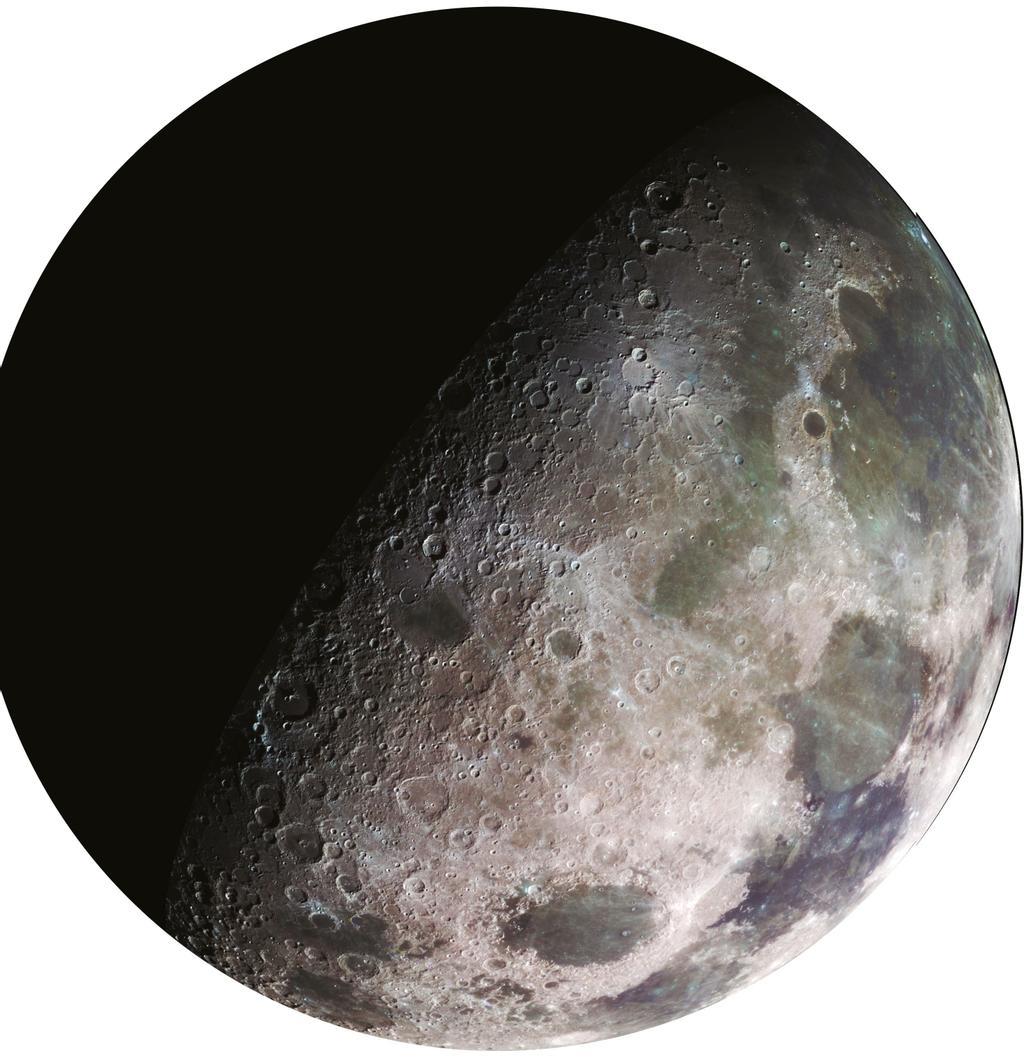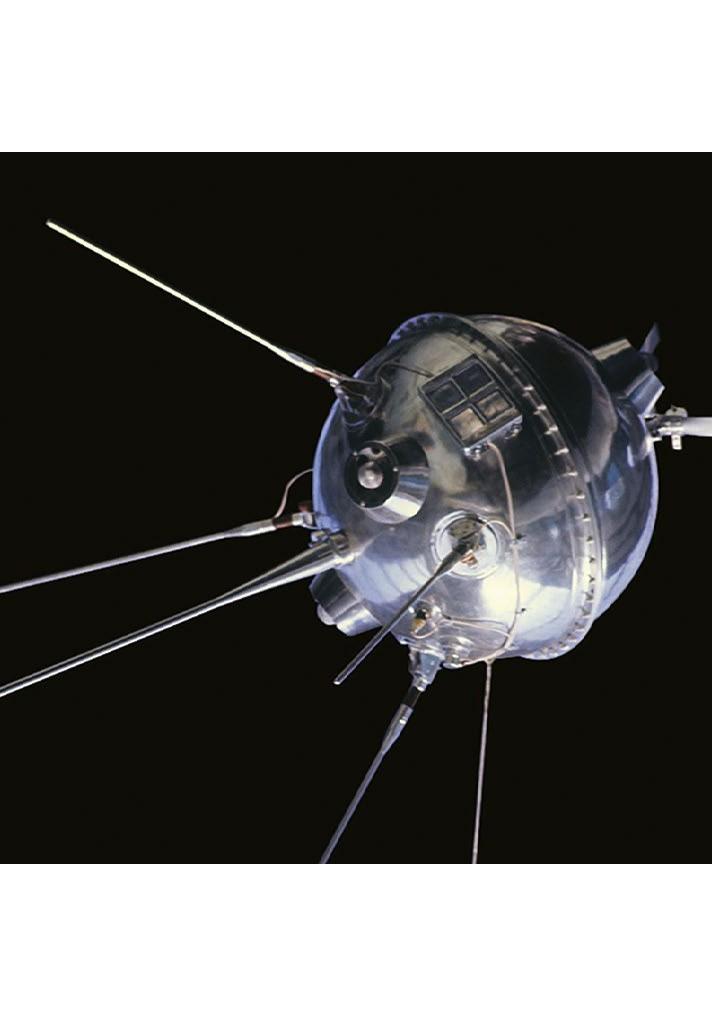
Because we can easily discern features on the Moon with the naked eye, it’s been a source of wonder to us since ancient times. The Moon is the brightest object in our sky after the Sun, and influences everything from our oceans to our calendars. It’s always been ‘the Moon’ because we didn’t know that there were any others. Once Galileo discovered in 1610 that Jupiter had satellites, we’ve used the word ‘moon’ “The Moon is the fifth-largest to describe celestial bodies that orbit larger and second-densest satellite bodies, which orbit stars. Since the Moon has always been so present it might not seem in the Solar System” worth studying, yet there’s a reason why we continue to return to it – we still have plenty to learn from our satellite.
The Moon is the fifth-largest and second-densest satellite in the Solar System. Its diameter is 27 per cent of Earth’s at 3,476 kilometres (2,160 miles), while its mean density is 60 per cent that of Earth’s. This makes the Moon the largest satellite in size relative to the planet that it orbits. The Moon is also unusual because its orbit is more closely aligned to the plane of the ecliptic the plane in which Earth orbits. Most planetary satellites orbit closer to their planet’s equatorial plane, but the Moon is inclined from the plane of the ecliptic by approximately 5.1 degrees.

Its average distance from Earth is 384,400 kilometres (239,000 miles), and it completes an orbit once every 27.3 days. The Moon is in synchronous rotation with Earth – its rotation and















